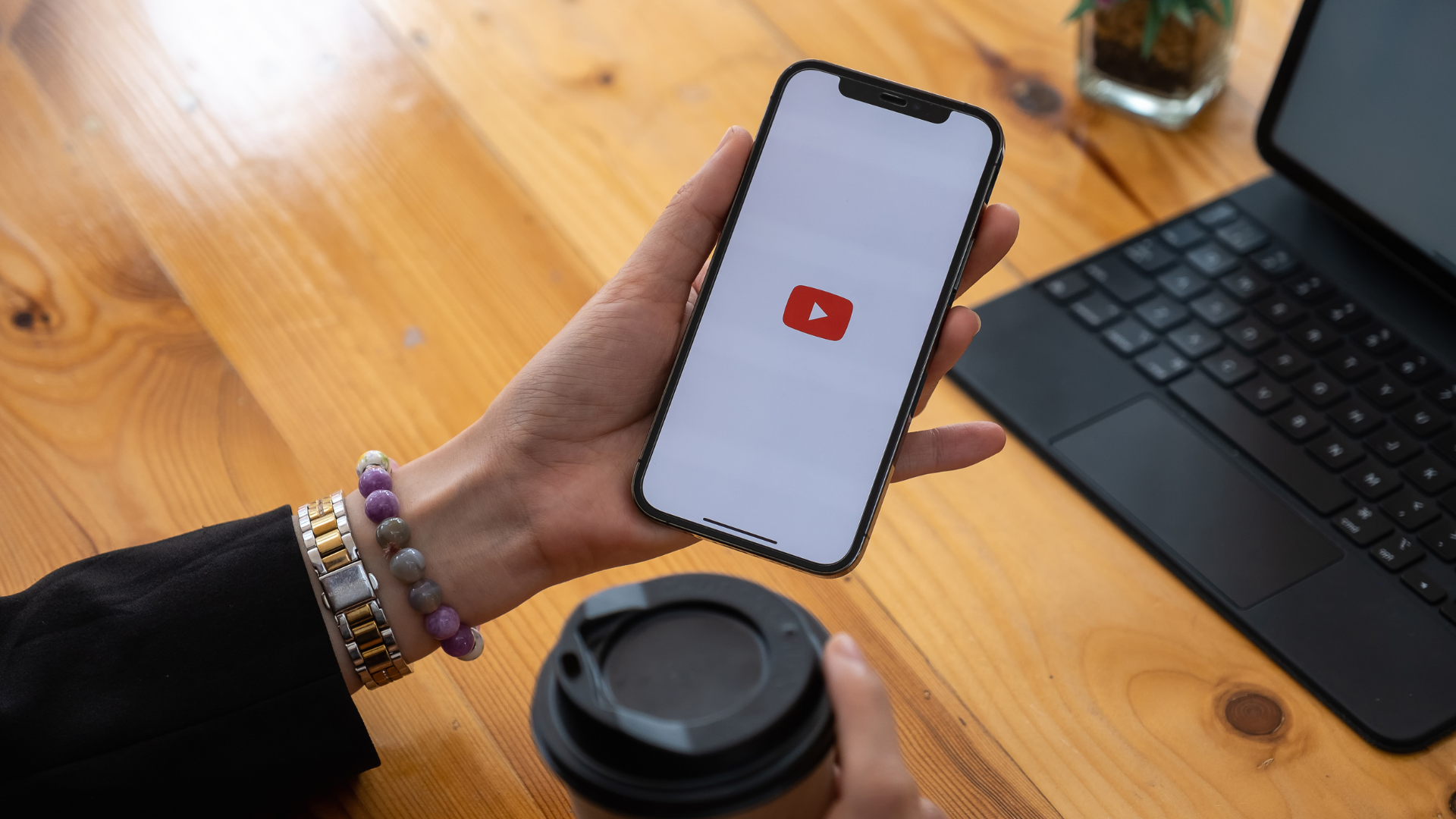In the realm of social media, TikTok has swiftly risen to the top, captivating millions with its short-form videos & creative content. However, its journey hasn’t been without hurdles, as debates surrounding its potential ban have lingered. With governments worldwide scrutinizing its operations, the looming TikTok ban raises significant implications, particularly for advertisers banking on its vast user base.
The TikTok Phenomenon
TikTok’s rise has been nothing short of remarkable. Boasting over a billion active users globally, the platform has become a cultural juggernaut, shaping trends, spawning influencers, & driving viral content. Its unbeatable algorithm with the ability to surface personalized content has cemented its status as a staple in the social media world, especially among younger demographics.
The Ban Debate
Despite its popularity, TikTok has faced intense scrutiny over data privacy concerns & its Chinese ownership by ByteDance. The United States have expressed apprehensions regarding the potential exploitation of user data. Consequently, legislative & regulatory actions have been proposed to address these concerns, ranging from data localization requirements to outright bans on the app. The debate surrounding TikTok’s fate has sparked discussions on national security, data sovereignty, & the influence of foreign entities in shaping online discourse. While proponents argue for stringent measures to safeguard user privacy and national interests, opponents raise questions about censorship, the freedom of expression, & the impact on global internet governance. As of now, a bill forcing TikTok’s parent company to sell the app or face a complete US ban has already been approved by The House.

Adapting to a Post-TikTok Era
Should the ban on TikTok come into effect, which we believe to be unlikely, the absence of the platform & its unique features would require a strategic shift in advertising approaches.
1. Explore Alternative Platforms: Advertisers would need to divert their attention & resources to alternative platforms to reach their target audience. Competitors such as Instagram, YouTube, & Snapchat could experience a surge in advertiser interest as they offer similar short-form video features. These platforms will likely capitalize on TikTok’s absence by enhancing their advertising capabilities to attract brands.
2. Invest in Influencer Marketing: Influencer marketing has been pivotal to TikTok’s success, with creators amassing large followings & wielding significant influence. In a post-TikTok landscape, brands may double down on influencer collaborations across various platforms to maintain visibility & engagement. Identifying creators whose content aligns with their brand values could help advertisers foster authentic connections with audiences.
3. Embrace User-Generated Content: User-generated content (UGC) campaigns have been a cornerstone of TikTok’s success, encouraging users to participate in challenges & create content featuring brands. In a post-ban scenario, it will be more important than ever to incorporate UGC across other social media platforms.
While the prospect of a TikTok ban presents challenges for advertisers, it also opens up opportunities for innovation & adaptation. By exploring alternative platforms, leveraging influencer partnerships & embracing UGC, brands can navigate the evolving digital landscape with resilience.
Let Media Placement Services help you navigate the dynamic digital landscape. Whether it be a TikTok campaign or using another video focused social media channel, Media Placement Services has a team of experts to help you plan & execute a successful digital media advertising campaign.


